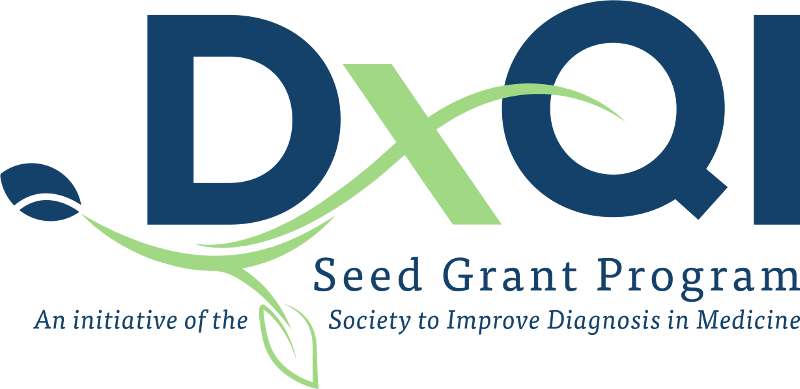
Grantee Projects
The Society to Improve Diagnosis in Medicine (SIDM) has awarded the first of three grants as part of the DxQI Seed Grant Program. Each DxQI grantee receives up to $50,000 to test specific interventions designed to improve the quality, accuracy, and timeliness of diagnoses and reduce harm from diagnostic error.
Browse projects by organization/institution:
-

Advocate Aurora Health
A Pilot Project to Decrease Incidence of Community-Acquired Sepsis in an Ambulatory Setting
Location: Milwaukee, WI | Category: “Big 3” diseases
Infection can be a difficult condition to detect and prevent from becoming serious and causing harm. The body’s reaction to serious infection, sepsis, is the third leading cause of death in patients admitted to hospital intensive care units and affects more than 1.7 million patients in the U.S. each year. Advocate Aurora Health has improved in-hospital detection rates and is now focusing efforts to improve the diagnosis of infection in outpatient clinics. Advocate Aurora is initiating an infection screening program for patients and will measure the program’s success in diagnosing infection and reducing sepsis.
Atrium Health
Finding the Missing Millions with COPD
Location: Charlotte, NC | Category: Disparities-focused
Atrium Health is will evaluate the effectiveness of cognitive machine learning to identify the likelihood that a patient had COPD even though there was no documented medical history of COPD in their health record. The project has the potential improve diagnostic accuracy for thousands of COPD patients in North Carolina, and thereby create a scalable model for the rest of the country.
-
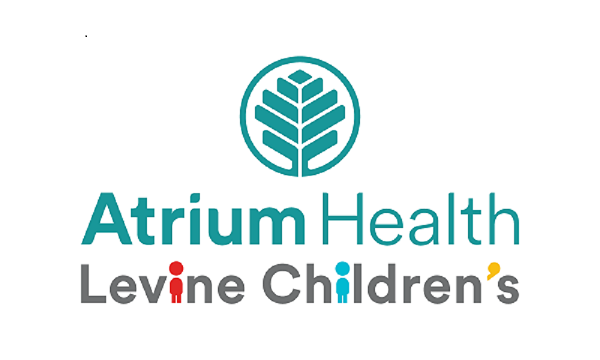
Atrium Health Levine Children’s Hospital
Passport to Healing: Navigating the Path to Rheumatologic Care for Children from Safety – Net Clinics
Location: Charlotte, NC | Category: Disparities-focused
This project is focused on improving the referral process, from need identification to placement at Levine Children’s Rheumatology Clinic, for patients and practices from areas designated as low socioeconomic status and have the greatest gap in social disparities. Given limited resources, patients from lower socioeconomic backgrounds are vulnerable to the challenges and resulting consequences of delayed diagnosis and access to subspecialist care.
-

BIDMC
Engaging Patients and family with Limited English Proficiency (LEP) in the Diagnostic Process: Designing, Implementing, and Assessing a Novel Coproduction Tool
Location: Boston, MA | Category: Disparities-focused
The project team is partnering with patients and families to analyze limited English proficiency (LEP) patient narrative data to identify vulnerabilities in diagnosis. The team will use this framework to develop, implement, and assess a novel online tool to better “coproduce” diagnoses and visit notes with LEP patients/families.
-
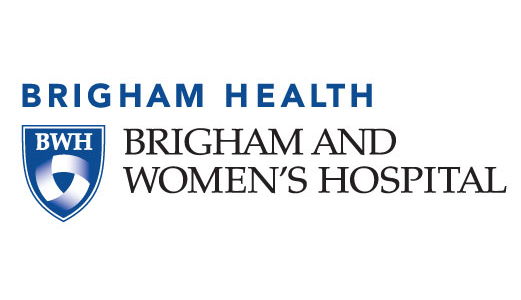
Brigham Health/Brigham and Women's Hospital
Ambulatory Safety Nets to Reduce Missed and Delayed Diagnoses of Cancer
Location: Boston, MA | Category: “Big 3” diseases
The aim of the ambulatory safety net program is to ensure patients at-risk for cancer have highly reliable, closed loop systems in place for management of abnormal test results. Brigham and Women’s Hospital will measure success by increasing the number of patients with follow-up care plans in place.
-

MaineHealth dba Maine Medical Center
Just-in-Time Paracentesis: Improving Early Diagnosis and Treatment of Spontaneous Bacterial Peritonitis
Location: Portland, ME | Category: “Big 3” diseases
This project focuses on seeking solutions to ensure patients who are at risk for spontaneous bacterial peritonitis, a common complication of liver disease, receive the right diagnostic testing and treatment as soon as possible when they come to the hospital.
-

McMaster University
Pulmonary Embolism Diagnosis: Let’s Practice What We Preach. A Quality Improvement Project to Increase Adherence to Evidence-based PE Diagnosis in the Emergency Department.
Location: Hamilton, Ontario Canada | Category: “Big 3” diseases
This project intends to support efforts to optimize testing for pulmonary embolism in the emergency department and use clinical decision support tools in the diagnosis of pulmonary embolism. This multilevel intervention aims to reduce inappropriate use of computed tomography while maintaining or improving patient safety.
-
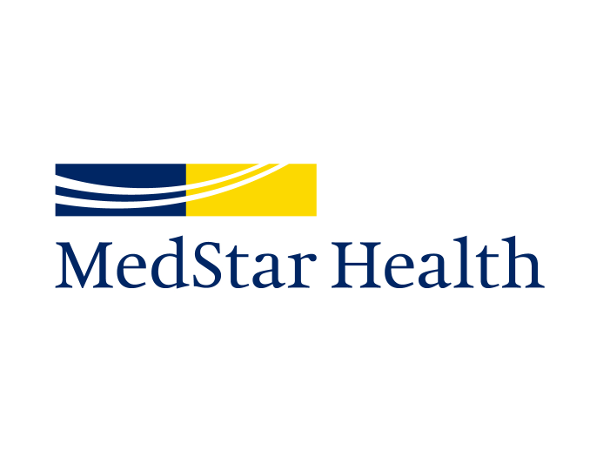
MedStar Health (National Center for Human Factors in Healthcare, MedStar Health Research Institute)
Signaling Sepsis: Improving Sepsis Diagnosis through User-Centered Clinical Decision Support
Location: Columbia, MD | Category: “Big 3” diseases
This project is launching and evaluating a new sepsis-specific clinical decision support tool that uses a validated sepsis staging model to provide early, more accurate characterization of sepsis patients. This research plans to leverage existing electronic health record data and reduce clinical burden.
-
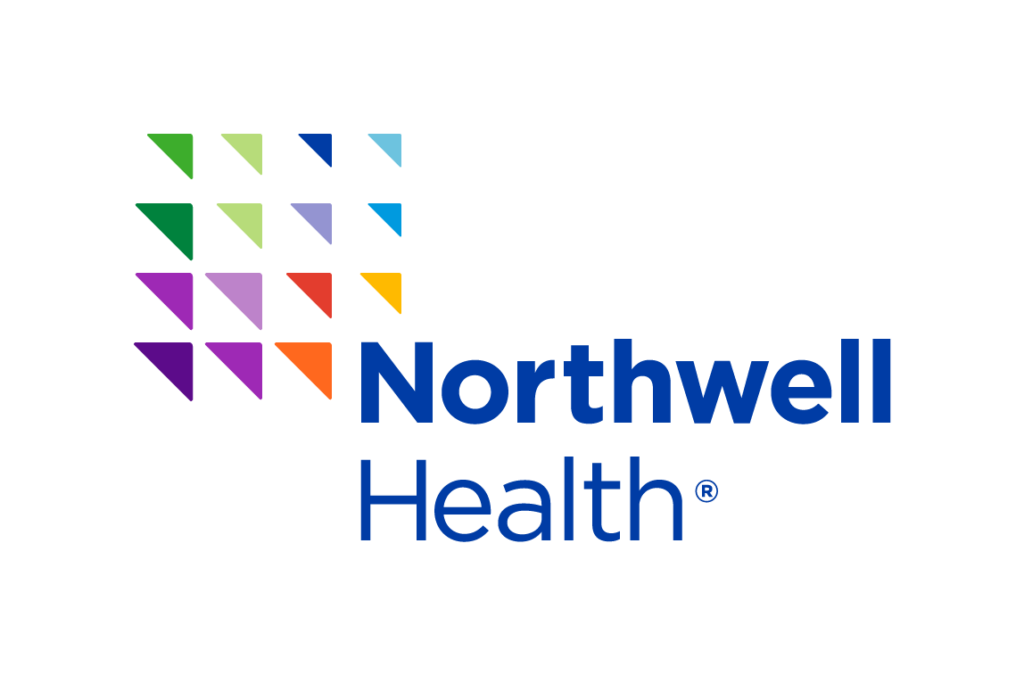
Northwell Health
Improving Diagnostic Error for Cancer Survivors and Screening for Cardiovascular Disease
Location: Manhasset, NY | Category: “Big 3” diseases
By utilizing a clinical decision support tool integrated into electronic health records, this project aims to improve cardiovascular disease screening for cancer survivors, many of whom have been exposed to radiation therapy. This intervention hopes to increase clinician knowledge on cardiovascular disease and improve cancer survivorship.
-
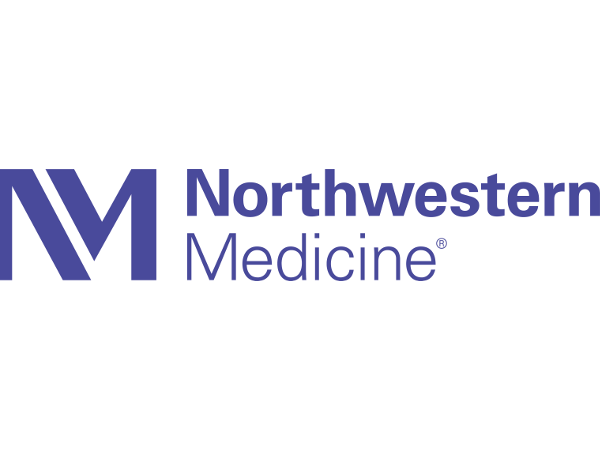
Northwestern Memorial Foundation on behalf of Northwestern Memorial HealthCare
The Effect of Diagnostic Error Feedback to Emergency Department Physicians and Residents
Location: Chicago, IL | Category: “Big 3” diseases
A multidisciplinary team is calculating the rate of diagnostic errors in the emergency department (ED) by administering a twice-weekly survey about diagnostic changes in the transition from ED to hospital medicine. The team intends to evaluate trends and provide feedback to ED physicians. At the end of one year, the team will determine whether the rate or types of errors changed.
-
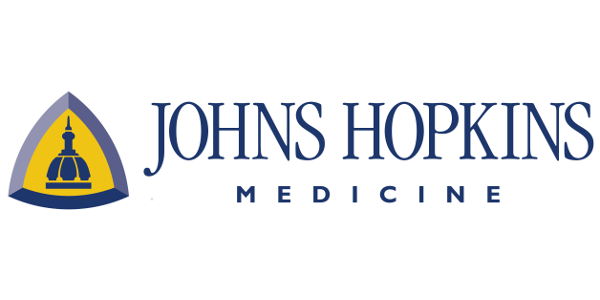
The Johns Hopkins University School of Medicine
Virtual Patient Education from Real Cases (ViPER) to Improve ED Diagnosis of Dizziness and Stroke
Location: Baltimore, MD | Category: “Big 3” diseases
This project is combining a virtual patient (VP) curriculum on dizziness with direct performance feedback to participants obtained via chart reviews and patient interviews to expose learners to real-world cases in a deliberate practice framework. The hope is that this combination of deliberate practice on VP cases and feedback on clinical performance will improve diagnostic reasoning skills.
-

The University of Michigan & Hurley Medical Center
A QI Initiative to Improve Pediatric Discharge Vital Sign Documentation in a Community Emergency Department
Location: Ann Arbor, MI | Category: “Big 3” diseases
The QI intervention is using electronic health records to trigger an alert and an automatic order to repeat vital signs in children who have abnormal vitals and improve identification of children at risk of sepsis or serious illness. Children with fevers are commonly evaluated in the emergency department (ED) and often have vital signs that are initially abnormal. Reassessment of vital signs after interventions is an important component of the clinical evaluation that is not automatically performed.
-
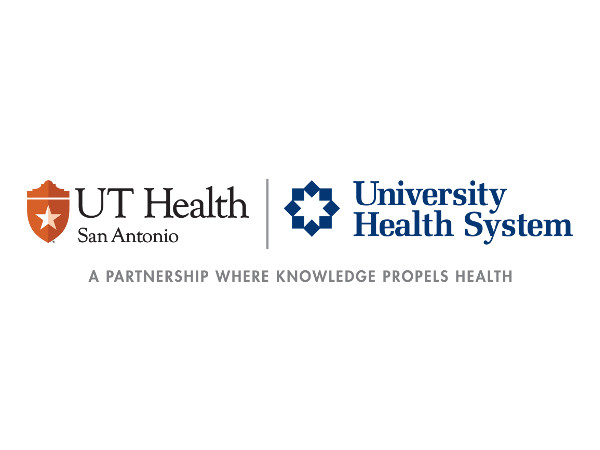
The University of Texas Health Science Center at San Antonio & University Health System
Emergent Breast Abnormality Care & Evaluation (EmBrACE)
Location: San Antonio, TX | Category: “Big 3” diseases and Disparities-focused
This project is evaluating the use of EmBrACE (Emergent Breast Abnormality Care and Evaluation) as a pathway designed to meet the diagnostic needs of unfunded and underserved patients with a breast abnormality. This pathway is designed to prevent unnecessary hospital admissions, decrease the amount of time it takes to make a breast cancer diagnosis and start life-saving treatment, and align patients with financial resources.
-

Tufts Medical Center and Floating Hospital for Children
Preventing Diagnostic Errors in Ambulatory Care: Deploying a Fail-Safe Notification Tool for Incomplete Radiology Tests
Location: Boston, MA | Category: “Big 3” diseases
This project aims to reduce the risk of missed cancer diagnoses by enhancing an electronic alert that notifies the ordering clinician when a patient fails to complete a recommended and scheduled radiology test. The project team seeks to assess the impact of this approach on patient and provider acceptance, timely test completion rates, and delayed cancer diagnoses.
-
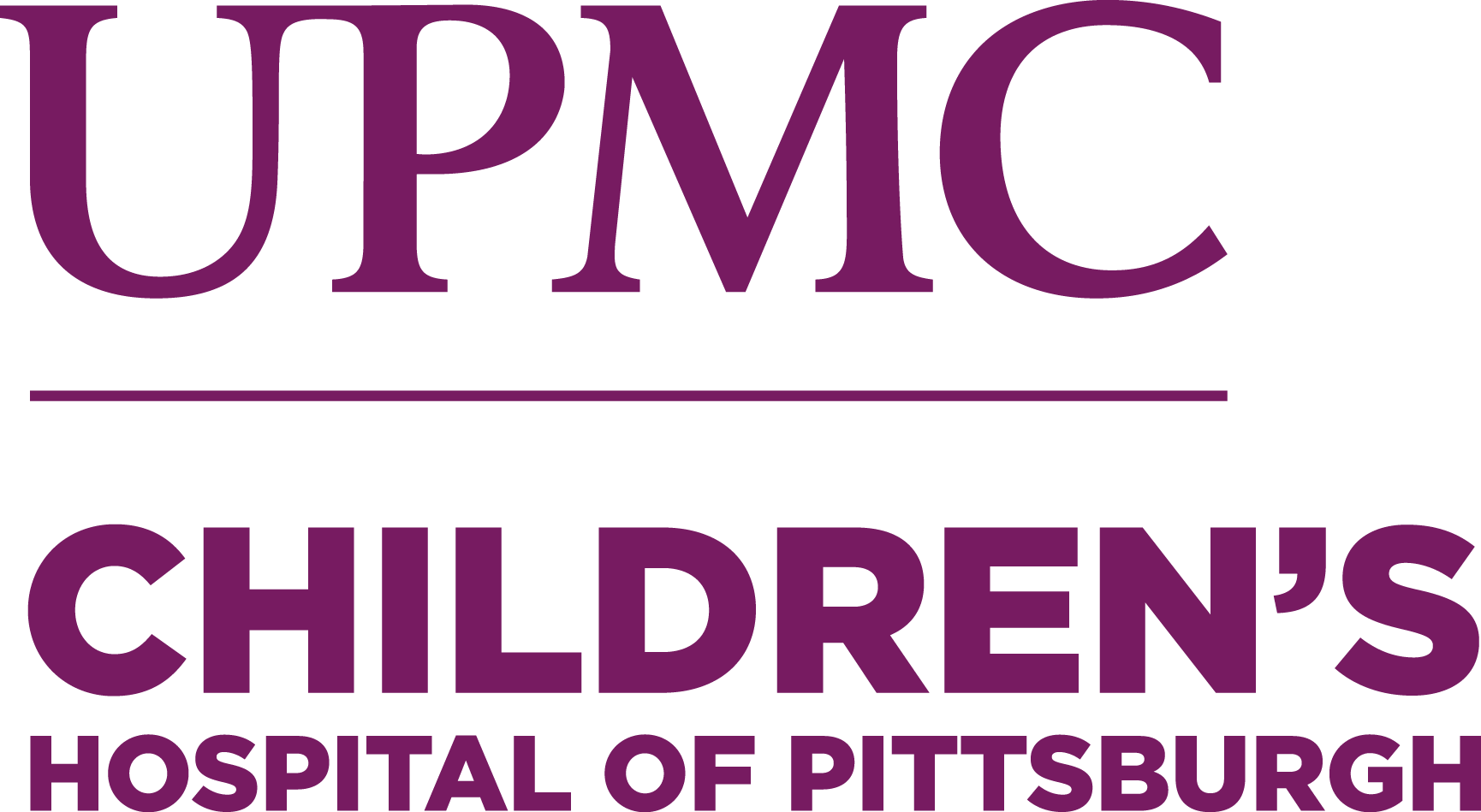
University of Pittsburgh School of Medicine
Reduction of Empiric Antibiotics Among Late Preterm/Term Infants Undergoing Early Onset Sepsis Evaluations
Location: Pittsburgh, PA | Category: “Big 3” diseases
This multicenter quality improvement project focuses on detecting early-onset sepsis (EOS) in newborns to improve diagnosis for and reduce the overuse of antibiotics. It aims to improve newborn healthcare delivery systems, given the wide practice variation across centers in the United States.
-

Veterans Education and Research Association of Michigan in collaboration with VA Ann Arbor Healthcare System
A Novel Dashboard to Improve Lung Cancer Detection
Location: Ann Arbor, MI | Category: “Big 3” diseases
This project is bridging the communications gap between patients that have pulmonary nodules incidentally detected through imaging obtained for other reasons and primary care providers. This aims to help physicians coordinate further imaging and sometimes biopsy to detect lung cancer earlier.
